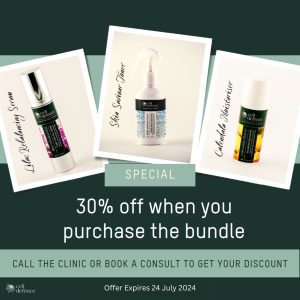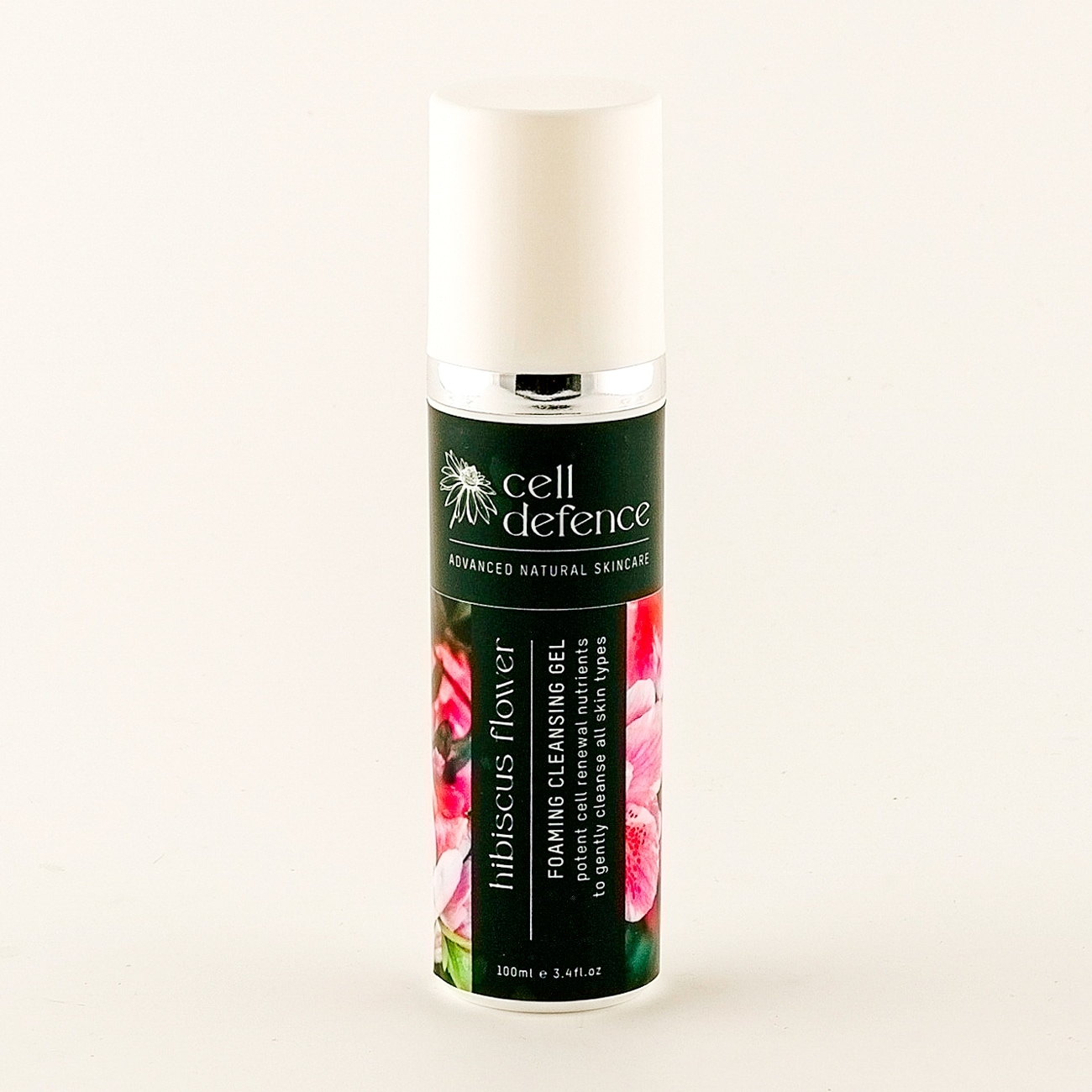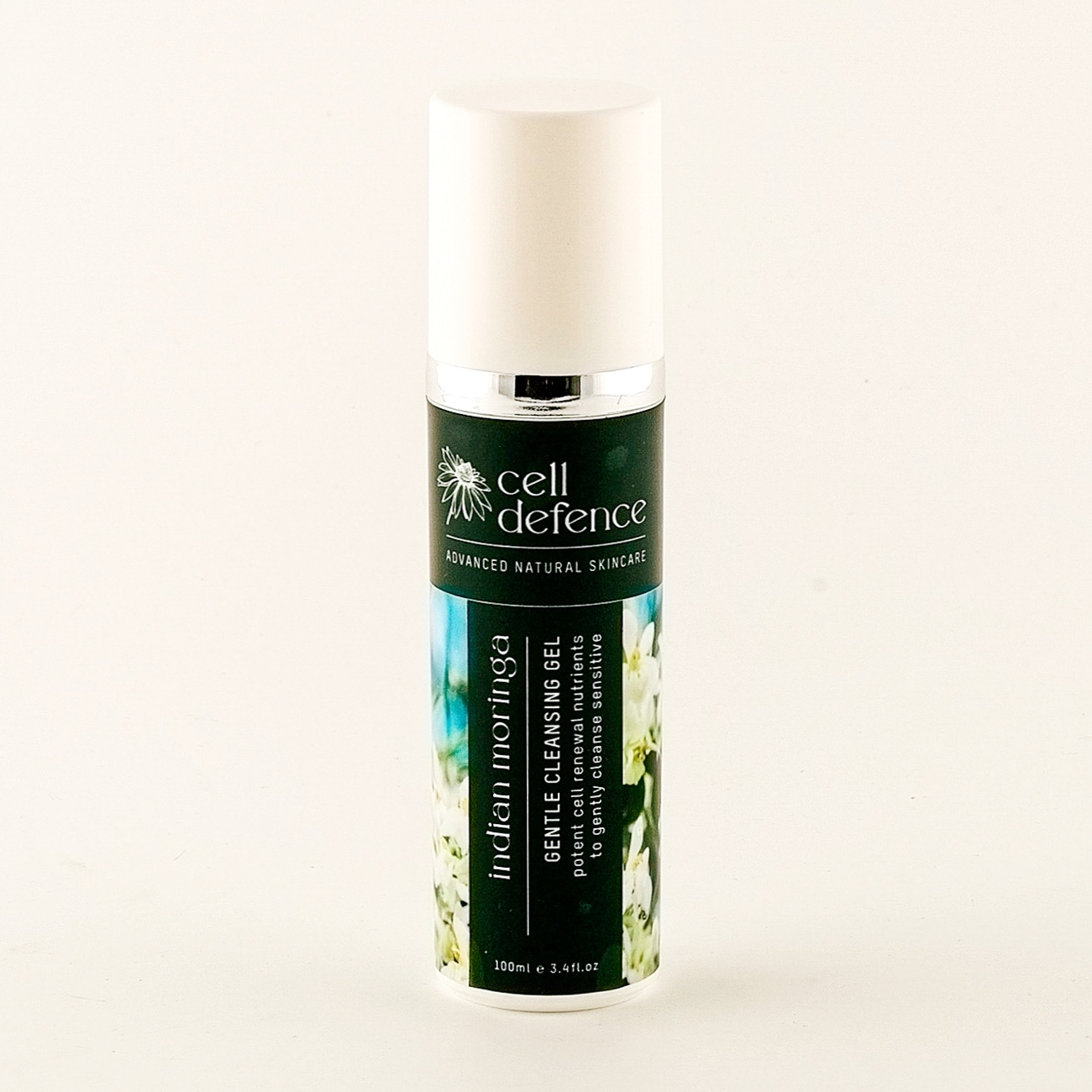Optimise your daily routine by embracing a comprehensive cleansing process that not only eliminates impurities but also primes your facial skin like a blank canvas, ready to absorb and maximize the benefits of subsequent skincare products.
This essential step ensures that your skin is thoroughly cleansed and optimally prepared, allowing other products to penetrate deeply and deliver their intended results more effectively. By investing just one extra minute in this transformative cleansing ritual, you establish a solid foundation for your skincare regimen and elevate the overall effectiveness of your selected products.

The Evolution of Facial Cleansing: From Ancient Civilizations to Aboriginal Traditions
Throughout history, different cultures and civilisations have developed unique methods and rituals for facial cleansing. From the well-developed beauty regimens of ancient Egyptians and Greeks to the principles of balance and harmony in traditional Chinese medicine, skincare practices have evolved and been influenced by cultural beliefs and available resources. In this journey through time, we explore the ancient traditions of facial cleansing, including the use of natural ingredients and the profound knowledge of bush medicines found within Australian Aboriginal cultures. Discover how these diverse practices have shaped our understanding of skincare and continue to inspire modern approaches to cleansing the face.
The ancient Egyptians embraced a comprehensive skincare routine that encompassed facial cleansing. Their method involved a combination of natural ingredients like milk, honey, and oils. To cleanse their faces, they would delicately apply these substances onto their skin and then rinse them off with water. Notably, Cleopatra, an iconic figure of ancient Egypt, was often associated with a famous ingredient in her cleansing regimen: milk. Legend has it that she would indulge in donkey milk baths, renowned for their believed moisturizing and rejuvenating properties. These milk baths were revered for their ability to hydrate the skin, leaving it luxuriously soft and supple.
In ancient Greece, society recognised the importance of taking care of their skin and would cleanse their faces using a combination of olive oil and fine sand or pumice. This mixture was gently applied to the face, massaged in circular motions, and then rinsed off with water. Afterward, they would often apply a moisturising oil or herbal infusion to keep the skin hydrated.
Traditional Chinese medicine emphasised the importance of balance and harmony in skincare. Chinese people used various natural ingredients for face cleansing, such as rice water, green tea, and herbal decoctions. These ingredients were believed to have cleansing and soothing properties for the skin.
Ayurveda, the traditional Indian system of medicine, incorporated facial cleansing as part of its skincare practices. Cleansing pastes made from natural ingredients like sandalwood, turmeric, and chickpea flour were used to cleanse and exfoliate the skin. These pastes were mixed with water or rose water and gently massaged onto the face before being washed off.
Australian Aboriginal cultures have a deep knowledge of bush medicines and natural ingredients for skincare, with a particular emphasis on cleansing. Many Aboriginal communities traditionally utilise local plants, herbs, clays, and natural oils for their cleansing properties. These natural ingredients are known for their ability to cleanse, purify, and soothe the skin. From plant extracts like tea tree oil, renowned for its antibacterial properties, to traditional cleansing rituals involving native clays, Aboriginal skincare practices prioritise the use of natural elements found in their local environment to achieve effective and gentle cleansing of the skin.
It’s important to note that while these ancient practices have historical significance, modern skincare standards and scientific research have led to the development of more advanced and effective cleansing techniques and products.
After exploring the ancient history of facial cleansing, we can now shift our focus to the present and how you can create a personalised sanctuary for your skincare regimen. By transforming your personal haven into a dedicated space for your skincare routine, you can elevate the experience and make it a soothing and invigorating ritual. To begin, gather and organise the must-have items for your cleansing process. It’s essential to have face washers or cleansing pads, hand towels, organic hand wash, warm water, and a high-quality, natural face wash readily available. These items will ensure you have everything you need within reach, making your cleansing routine convenient and enjoyable.
Prioritise Hygiene with Clean Face Washers
Gently removing your face wash with a warm face washer can offer a warm, pampering experience, however, failing to follow proper hygiene practices can lead to potential skin health concerns. Here are a few reasons to proceed with care when using this method:
- First, using a dirty or contaminated face washer can introduce harmful bacteria to your skin.
- Second, excessive scrubbing or rough handling may cause irritation or damage to the delicate facial tissues. Ensure that the face washer is made of a soft, gentle material.
- Lastly, not properly cleaning, drying and storing the face washer after each cleanse can create a breeding ground for bacteria. To prevent the accumulation of bacteria and growth of mould, it is recommended to avoid leaving damp facial, face washers lying around. To maintain optimal hygiene and prevent potential skin irritation, establish a diligent cleaning routine by washing your face washers separately with hot water after each use. Consider using natural cleansers like soap nuts or mild fragrance-free soap to ensure effective cleaning without any harsh chemicals that may irritate the skin. Rinse face washers thoroughly and allow them to fully air dry before storing them in a dry location.
There are various types of face washers that can be used for cleansing. Here are a few popular options:
- Cotton Face Washers: Soft and gentle on the skin, cotton face washers are a common choice for facial cleansing. They are absorbent and can effectively remove impurities without causing irritation.
- Microfiber Face Washers: Made from fine synthetic fibres, microfiber face washers are known for their exceptional absorbency and ability to trap dirt and oils. They provide a deep cleansing experience and are often preferred for their exfoliating properties.
- Muslin Face Cloths: Muslin face cloths are lightweight and breathable. They offer gentle exfoliation and are suitable for all skin types, including sensitive skin. Muslin fabric is known for its softness and durability.
- Konjac Sponges: Konjac sponges are natural, biodegradable sponges made from the root of the konjac plant. They are soft and gentle, making them suitable for sensitive skin. Konjac sponges can help cleanse and gently exfoliate the skin.
Remember, the choice of face washer depends on personal preference and skin type. Experimenting with different types can help you find the one that works best for your skin and enhances your cleansing routine. Remember to replace your face washers periodically.
Enhance your Skincare with Clean Hand Towels
It is essential to maintain the cleanliness and freshness of the hand towels used for drying your face. To ensure optimal hygiene, it is recommended to change your hand towels every two days, or more frequently if it becomes visibly soiled or starts to develop an unpleasant odour. Just like your face washers, it is important to clean them separately with hot water and a natural cleanser and thoroughly dry them after each cleanse.
Cell Defence Cleansers: Perfectly Synchronising with Essential Ingredients for Effective Skin Cleansing
Throughout our typical daily routines, our facial skin comes into contact with a multitude of elements that can compromise its cleanliness and freshness. Environmental pollutants, exposure to the elements, and everyday activities can leave unwanted residues on our face. To ensure optimal skin health, it is essential to incorporate an effective facial cleanser into our skincare regimen. Several factors contribute to a cleanser’s effectiveness, including being gentle on the skin, nutrientrich, environmentally friendly, and potentially avoiding harmful substances. Additionally, the presence of Aqua (water) in the ingredients contributes as a solvent and carrier for other ingredients. Let’s explore these qualities in more detail:
- Gentle on the skin: A good cleanser should be mild and non-irritating. Bio-organic ingredients derived from natural sources, such as plants, fruits, and herbs, are often gentle on the skin. When combined with Aqua (water), they provide a gentle yet thorough cleansing experience, effectively removing dirt, impurities, and excess oil without causing irritation.
- Nutrient-rich: An effective cleanser should not only cleanse the skin but also provide nourishment. Bio-organic ingredients, along with Aqua, are often rich in essential vitamins, minerals, and antioxidants. This combination helps replenish and hydrate the skin, promoting a healthier complexion and supporting its overall health and vitality.
- Environmentally friendly: Opting for a cleanser with bio-organic ingredients aligns with environmentally conscious choices. These ingredients are typically sourced from renewable resources and produced using sustainable farming practices.
- Potential avoidance of harmful substances: Many individuals prefer bio-organic ingredients to avoid potentially harmful synthetic chemicals commonly found in skincare products. By selecting cleansers with these natural and safe ingredients, you can have peace of mind knowing that you are not exposing your skin to harmful substances, such as parabens, sulphates, phthalates, and synthetic fragrances.
Additionally, look for cleansers that meet the following criteria:
- Non-comedogenic formulation: Opt for cleansers labelled as non-comedogenic. These products are specifically formulated not to clog pores, making them suitable for all skin types, including oily, combination, and sensitive skin.
- pH-balanced formula: Look for cleansers that are pH-balanced to match the skin’s natural pH level, ideally around 5.5. This helps to preserve the skin’s natural protective barrier and minimise the risk of irritation.
Considering these qualities in a cleanser, empowers you to make a more informed choice that addresses your skin’s needs while promoting a gentle and nourishing cleansing routine. Seeking professional advice is particularly important if you have specific skin conditions, allergies, or if you’re unsure about the right skincare routine for your unique skin. Charmaine D is a renowned Esthetician who has expertise in skincare and can provide personalised recommendations based on your individual needs.
Highly recommended: The Cell Defence skincare line – a collection of premium cleansers that will elevate your skincare routine. All Cell Defence cleansers are formulated to be pH-balanced, crafted with bio-organic ingredients, and are free from harmful substances like parabens, sulphates, phthalates, and synthetic fragrances, giving you peace of mind about what you’re putting on your skin.

Thoughtful Morning and Evening Facial Cleansing Routine
- Start by thoroughly washing your hands to create a protective barrier against the transfer of germs and impurities to your delicate facial skin.
- Gently wet your face with lukewarm water, preparing it for cleansing. Avoid using hot water as it can strip away natural oils and cause dryness.
- Dispense a miniscule amount of your selected Cell Defence cleanser into your damp hands, create a lather, and gently massage it onto your damp face using upward, circular motions. Pay extra attention to areas prone to oiliness or congestion, such as the T-zone (forehead, nose, and chin). When removing makeup, be particularly thorough around the eyes and lips, as makeup in these areas can be more stubborn. For detailed instructions on eye makeup removal, refer to my blog “Eye-catching Eye Skin”.
- For a soothing and refreshing sensation, place a warm face washer over your face, gently pressing it against the skin. Allow the warmth to penetrate and effortlessly remove the cleanser, makeup, and impurities. Alternatively, you can use a soft face cloth or delicate remover pads, sweeping them gently across your face.
- If you’re removing makeup, repeat steps 3 and 4 to ensure thorough cleansing. Using the Cell Defence range of cleansers is economical since you only need a small amount for each cleanse.
- Gently pat your face dry with a clean, soft towel, avoiding harsh rubbing to prevent irritation. While leaving excess water on your skin after cleansing is not harmful, it can diminish the effectiveness of your succeeding skincare products. By patting your face dry, you remove most of the water while retaining a thin layer of moisture, enabling your subsequent skincare products to penetrate and effectively lock in hydration.
- For a deeply effective cleanse, consider using your Cell Defence cleanser as a relaxing facial treatment once a week. The natural and safe ingredients ensure a gentle yet thorough cleanse.
Remember: Consistency is the key to unlocking optimal results in your cleansing routine. Stay committed to your skincare regimen and reap the rewards of healthy, radiant skin.
Book in for personalised guidance from Charmaine on which cleanser is right for you. As a naturopath, she’ll ensure that it aligns with your unique health needs and goals.
Hibiscus Flower Foaming Cleansing Gel – 100ml
Indian Moringa Gentle Cleansing Gel – 100ml
Wild Chamomile Gentle Cleansing Milk – 100ml
Cell Defence by CD
Cell Defence is a revolutionary natural skincare system formulated by Naturopath Charmaine D. Discover our range of pure, potent plant stem cell serums, moisturisers & cleansers. Proudly made in Australia.
Follow us on Social
Quick Links
Customer Care
Contact Us
VISIT:
60A Broadway, Glenelg South SA 5045
PHONE:
0407 077 134
EMAIL:
info@celldefence.com.au
Copyright © 2022 Cell Defence by CD | Site by AVIDA Creative







